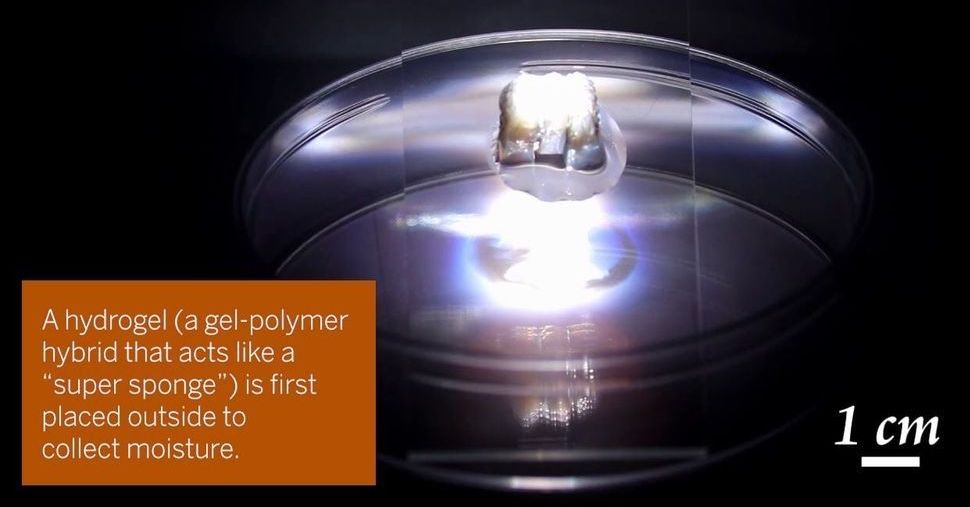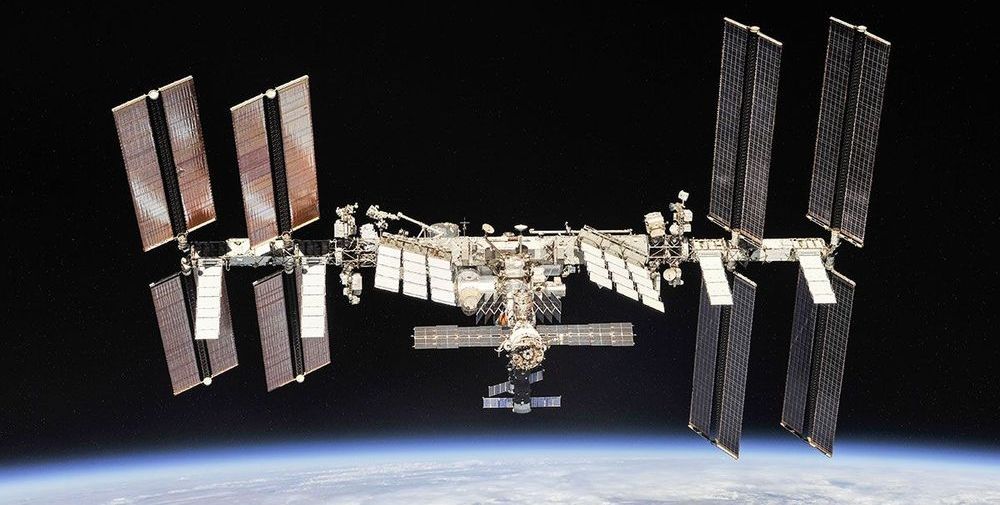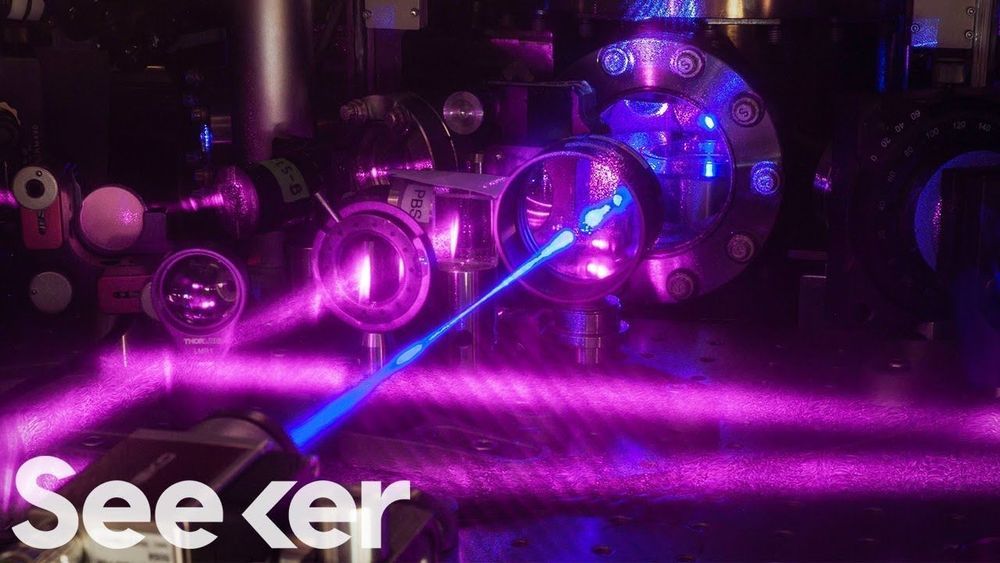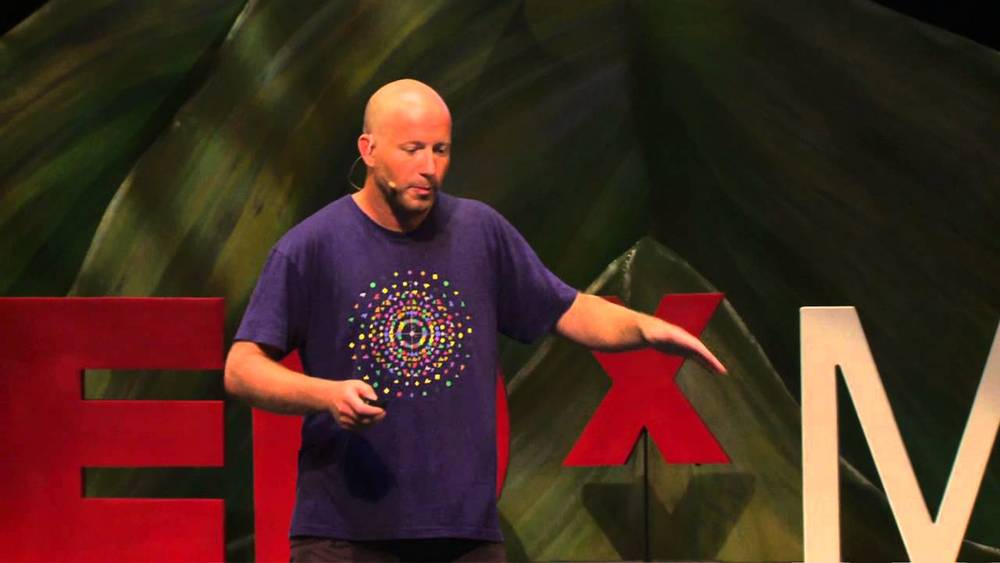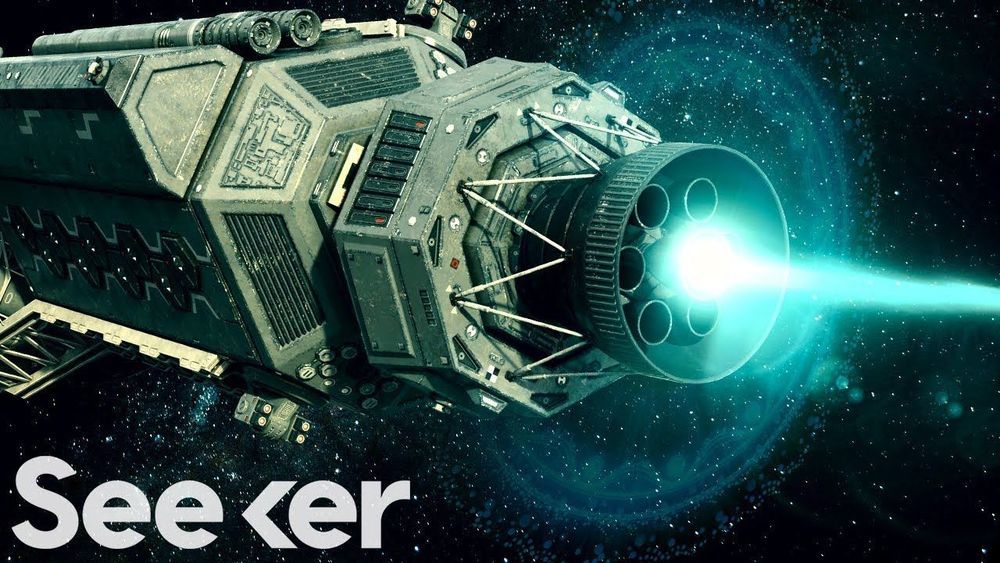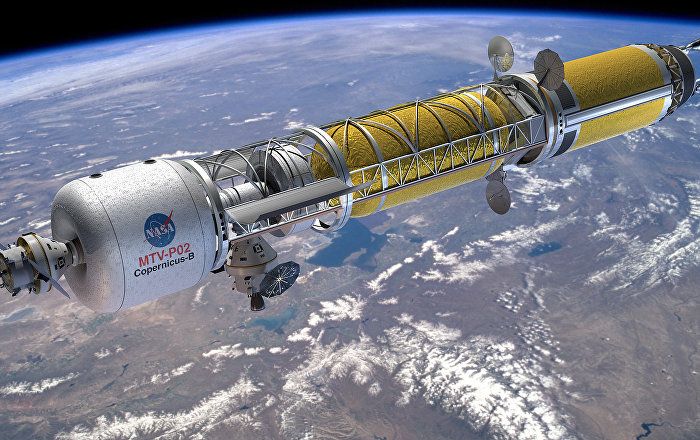Scientists at CERN have today announced that they’re 99.99% sure that they’ve found a new sub-atomic particle, and that it is likely to be the elusive Higgs boson – often referred to as the “God Particle”. That’s all well and good, but what does it all mean? Let’s break it down…
In what may be the most exciting news of the week, University of Texas at Austin researchers have engineered a solar-powered device that absorbs moisture from the air and turns it into clean water.
SEE ALSO: 5 WELL ENGINEERED WATER PURIFICATION SYSTEMS COMBATING THE GLOBAL WATER CRISIS
Outer space is a tough environment for living organisms: no atmosphere, no oxygen, no gravity, a ton of radiation, and extreme temperatures.
But the German Aerospace Center just made a bombshell discovery: as part of a project called the Biology and Mars Experiment, they found that samples of organisms including bacteria, algae, lichens and fungi survived on the exterior of the International Space Station for 533 days.
Time may be a human construct but that hasn’t stopped physicists from perfecting it.
JILA’s 3D Quantum Gas Atomic Clock Offers New Dimensions in Measurement
https://www.nist.gov/news-events/news/2017/10/jilas-3-D-quan…easurement
“JILA physicists have created an entirely new design for an atomic clock, in which strontium atoms are packed into a tiny three-dimensional (3D) cube at 1,000 times the density of previous one-dimensional (1-D) clocks. In doing so, they are the first to harness the ultra-controlled behavior of a so-called “quantum gas” to make a practical measurement device.”
Jun Ye: Let There Be Light (and Thus, Time)
Dr. Jun Ye, professor of physics at the University of Colorado at Boulder and a fellow of both the National Institute of Standards and Technology and JILA, explains how lasers are used to manipulate atoms inside and out for ultra-precise clocks.
Ultra-Accurate Clocks Lead Search for New Laws of Physics.
About the Presenter:
After getting his Ph.D. in physics from UC San Diego, Garrett moved to Maui, seeking an optimum balance between surfing and his theoretical research. While pursuing an unanswered question at the heart of Quantum Field Theory, he began to develop what he called “An Exceptionally Simple Theory of Everything,” which proposed a unified field theory combining particle physics and Albert Einstein’s theory of gravitation. His story and work have been featured at TED, in Outside Magazine, The New Yorker, Surfer, and recently in Scientific American.
#FQXiVideoContest2014
About TEDx
In the spirit of ideas worth spreading, TEDx is a program of local, self-organized events that bring people together to share a TED-like experience. At a TEDx event, TEDTalks video and live speakers combine to spark deep discussion and connection in a small group. These local, self-organized events are branded TEDx, where x = independently organized TED event. The TED Conference provides general guidance for the TEDx program, but individual TEDx events are self-organized.* (*Subject to certain rules and regulations)
Berlin is Becoming a Sponge City
Posted in business
Berlin is becoming a “Sponge City” designed to tackle two issues — heat and flooding — by imitating nature.
Video by Gloria Kurnik
https://www.bloomberg.com/news/videos/2017-08-18/spo…oler-video
———
What exactly would it take to create our very own Swartzchild Kugelblitz?
Could a Dyson Sphere Harness the Full Power of the Sun? — https://youtu.be/jOHMQbffrt4
Kugelblitz! Powering a Starship With a Black Hole
https://www.space.com/24306-interstellar-flight-black-hole-power.html
“Interstellar flight certainly ranks among the most daunting challenges ever postulated by human civilization. The distances to even the closest stars are so stupendous that constructing even a scale model of interstellar distance is impractical. For instance, if on such a model the separation of the Earth and sun is 1 inch (2.5 centimeters), the nearest star to our solar system (Proxima Centauri) would be 4.3 miles (6.9 kilometers) away!”
Kugelblitz Black Holes: Lasers & Doom
According to the report, the Defence Advanced Research Projects Agency (DARPA) has requested at least $10 million for its Reactor on a Rocket (ROAR) programme.
The Defence Advanced Research Projects Agency intends to assemble a nuclear thermal propulsion (NTP) system in orbit, Aviation Week reported, citing the Pentagon’s 2020 budget.
“The program will initially develop the use of additive manufacturing approaches to print NTP fuel elements… In addition, the program will investigate on-orbit assembly techniques (AM) to safely assemble the individual core element subassemblies into a full demonstration system configuration, and will perform a technology demonstration”, the budget document says.

